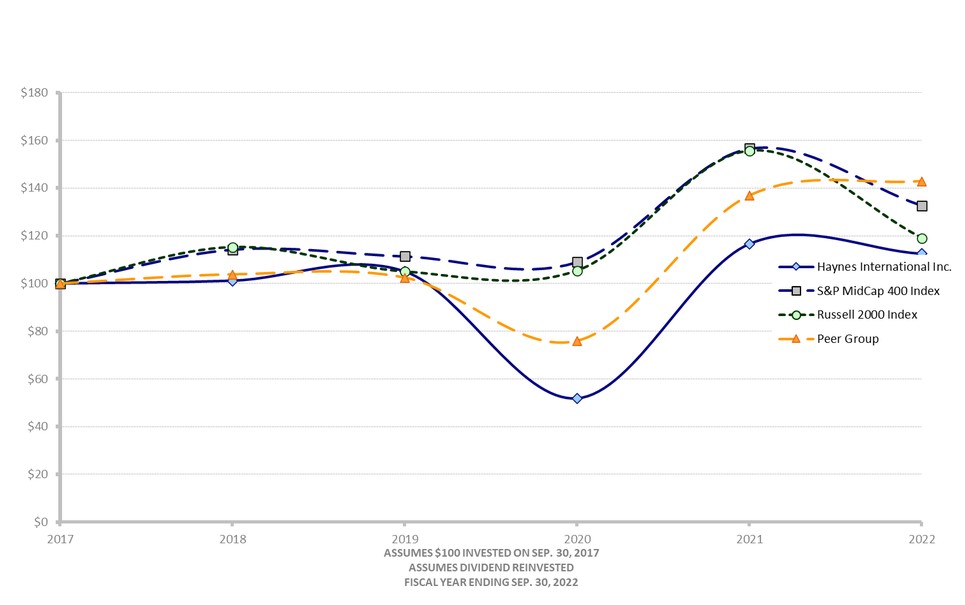uncertainties not presently known to us or that we currently deem not material may also harm our business. If any of the following risks actually occur, our business, financial condition or results of operations could be harmed.
Risks Related to Our Markets
Our revenues may fluctuate based upon changes in demand for our customers’ products.
Demand for our products is dependent upon and derived from the level of demand for the machinery, parts and equipment produced by our customers, which are principally manufacturers and fabricators of machinery, parts and equipment for highly specialized applications. Historically, certain markets in which we compete have experienced unpredictable, wide demand fluctuations. Because of the comparatively high level of fixed costs associated with our manufacturing processes, significant declines in our markets have had, and may continue to have, a disproportionately adverse impact on our operating results.
We have, in several instances, experienced substantial year-to-year declines in net revenues, primarily as a result of decreases in demand in the industries to which our products are sold. We have, in several instances, experienced substantial year-to-year declines in net revenues, primarily as a result of decreases in demand in the industries to which our products are sold. For example, in fiscal 2009, 2010, 2013, 2016, 2020 and 2021, our net revenues, when compared to the immediately preceding year, declined by approximately 31.1%, 13.0%, 16.7%, 16.6%, 22.4% and 11.3%, respectively. We may experience similar fluctuations in our net revenues in the future. Additionally, demand is likely to continue to be subject to substantial year-to-year fluctuations as a consequence of industry cyclicality, as well as other factors such as global economic uncertainty, and such fluctuations may have a material adverse effect on our business.
Profitability in the high-performance alloy industry is highly sensitive to changes in sales volumes.
The high-performance alloy industry is characterized by high capital investment and high fixed costs. The cost of raw materials is the primary variable cost in the manufacture of our high-performance alloys and, in fiscal 2022, represented approximately 41% of our total cost of sales. Other manufacturing costs, such as labor, energy, maintenance and supplies, often thought of as variable, have a significant fixed element. Profitability is, therefore, very sensitive to changes in volume, and relatively small changes in volume can result in significant variations in earnings. Our ability to effectively utilize our manufacturing assets depends greatly upon continuing demand in our markets, market share gains, and continued acceptance of our new products into the marketplace.
We operate in cyclical markets.
A significant portion of our revenues is derived from the cyclical aerospace, power generation and chemical processing markets. Our sales to the aerospace industry constituted 46.9% of our total sales in fiscal 2022. Our chemical processing and industrial gas turbine sales each constituted 18.7% of our total sales in fiscal 2022.
The commercial aerospace industry is historically driven by demand from commercial airlines for new aircraft. Demand for commercial aircraft is influenced by industry profitability, trends in airline passenger traffic, the state of U.S. and world economies, the ability of participants within the supply chain to access the necessary levels of staffing required to meet industry demand and the ability of aircraft purchasers to obtain required financing and numerous other factors, including the effects of terrorism and health and safety concerns. Supply chain disruptions in this or any of our other markets could materially and adversely affect our results of operations and financial condition.
The military aerospace cycle is highly dependent on U.S. and foreign government funding which is driven by, among other factors, the effects of terrorism, a changing global political environment, U.S. foreign policy, military conflicts around the world and the retirement of older aircraft and technological improvements to new engines that increase reliability. Accordingly, the timing, duration and magnitude of cyclical upturns and downturns cannot be forecasted with certainty. Downturns or reductions in demand for our products sold into the aerospace market could have a material adverse effect on our business.
